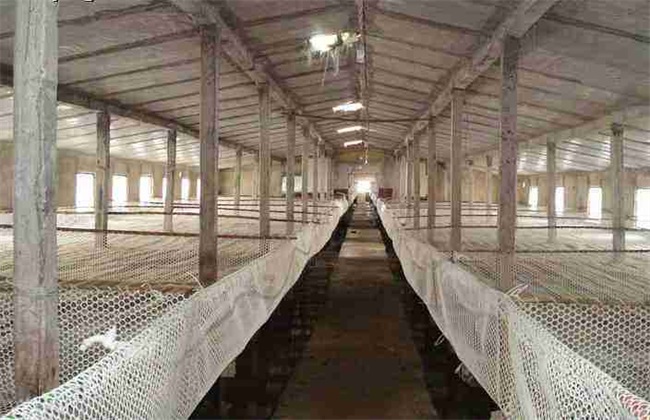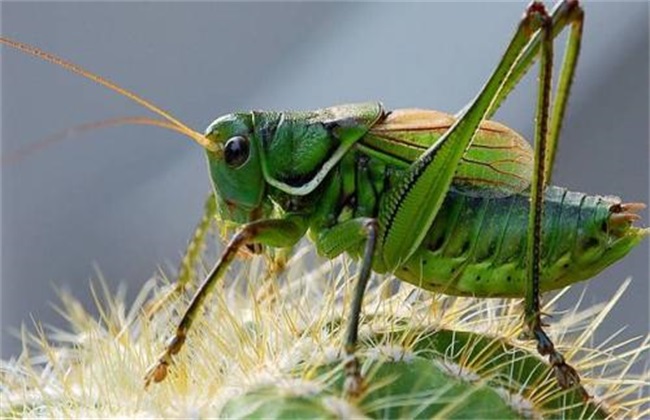Nestling technique of wild duck
Wild duck generally refers to the mallard duck, is also a kind of waterfowl, there are probably more than ten species, good at flying, able to migrate long distances, like living in the water, good at swimming. Small and light, high nutritional value and good taste, it is the favorite duck in the breeding market. Artificial domestication has also been for a long time, now, our article is mainly about how to raise this wild duck breeding duckling to ensure survival.

I. Construction of nursery rooms
Newly hatched ducklings have to be raised in an independent brooding room, so it is necessary to build a breeding farm, with a 2-square-meter nursery room, a moisture-proof pad on the ground, and a cushion on the ground. then a lower chandelier should be set on the top of the brooding room. Heating facilities should also be set up.
Second, brooding
Just come out, dry hair and put it into the nursery, and then put about 50 ducklings in each room. Not too many, because ducks like to gather together, easy to squeeze the stack, resulting in some ducks injured or crushed to death. After putting in, the temperature should be adjusted to about 25 degrees and keep the temperature constant. At this time, the heat preservation of the duck is poor. Be ventilated and ventilated in sunny days to avoid the accumulation of bad air.
Third, feeding
Generally, you should start to peck at the ground and feed when you have the desire to eat, about one to two days after birth, feeding fine feed, feeding 3 times a day, about 20 grams once, 5 times a day after three days, 30 grams once, adding green feed and cutting fine mixed concentrate feed a week later, and then starting to feed 5 to 6 times a day, when the food intake increases greatly, which is the fast growing period. After a month, it will be reduced to the normal feeding frequency three times a day, about 80 grams to 100 grams at a time. During the day, some vegetable leaves are often sprinkled to ducks, free to eat, drink water, change every day, and put in the brooding room.
IV. Stocking in the water
After two weeks of growth, ducks can start to go into the water on the test table, swim and adapt to training swimming. Generally, wild ducks are good at swimming and like water, and the water is the best environment for them to grow. First gently put into the basin, training for a few days, there will be rushed to the river to breed, observe normal swimming and play, you can rest assured to breed Li. Stocking should be carried out every day when it is sunny and warm, not when the temperature is low and it rains. The protective net on the water surface should be more than 2 meters high to prevent ducks from flying away and can cut off some feathers of their wings.
Wild ducks are good at flying and like water, so the breeding activity field should be wider, have enough space, and put in more water, which is beneficial to the growth of ducks. It is possible to provide a good growth environment, which can improve the survival rate and ensure the healthy growth of ducklings.
Related
- On the eggshell is a badge full of pride. British Poultry Egg Market and Consumer observation
- British study: 72% of Britons are willing to buy native eggs raised by insects
- Guidelines for friendly egg production revised the increase of space in chicken sheds can not be forced to change feathers and lay eggs.
- Risk of delay in customs clearance Australia suspends lobster exports to China
- Pig semen-the Vector of virus Transmission (4)
- Pig semen-the Vector of virus Transmission (3)
- Five common causes of difficult control of classical swine fever in clinic and their countermeasures
- Foot-and-mouth disease is the most effective way to prevent it!
- PED is the number one killer of piglets and has to be guarded against in autumn and winter.
- What is "yellow fat pig"? Have you ever heard the pig collector talk about "yellow fat pig"?



